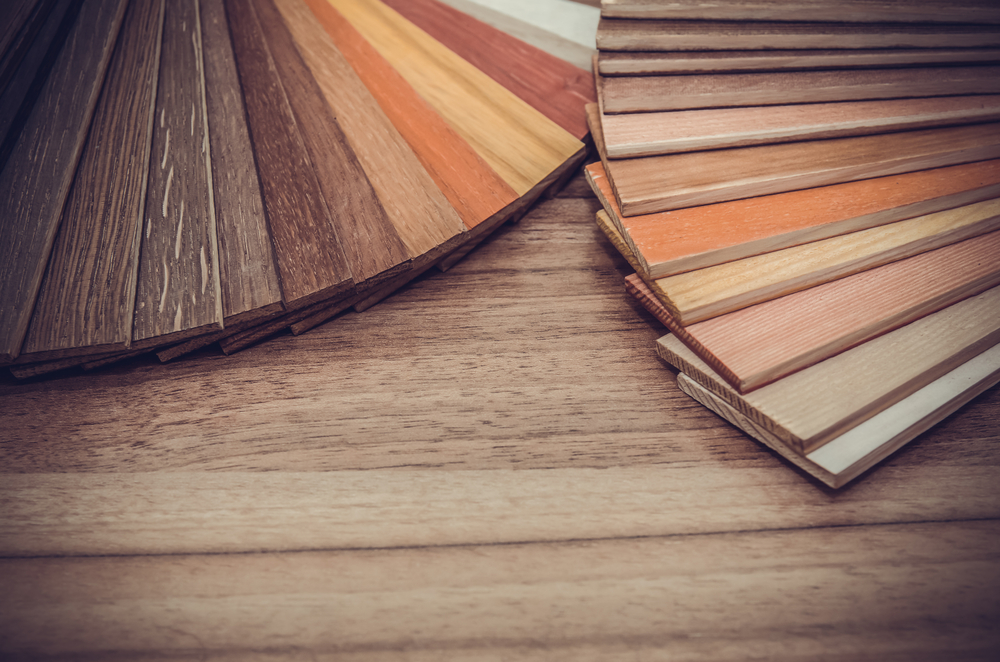
Veneer vs. Laminate – The Better Choice!
Choosing the perfect kind of wood for your home is quite essential. So, here we have listed out the differences between two of the most popular wood choices to go for – Veneer and Laminate. To make this choice simpler for you here are a few essentials –
LAMINATE
Laminate is a man-made plastic product that is ‘printed’ to look like it has wooden grains. Manufacturers can create furniture, cabinets, and flooring for with laminate in lesser cost.
Pros –
-
Laminate is stronger and that it tends to be heat- and scratch-resistant, making laminate easier to care for than real wood or veneer. For this reason, you don’t need to be as careful with laminates as you do with veneers.
-
Laminate furniture is economically prized and a more budget-friendly choice and has many color options to choose from.
-
Laminates are new in the market as compared to traditional wood. But laminates have been steadily replacing wood, particularly in flooring since laminates provide the look of traditional wood for a fraction of the cost.
-
Laminate is long lasting and well suited to be used in homes with kids and pets.
Cons –
-
A tricky thing about Laminate, it is not stain proof. Since it’s not wood the stain has nothing to soak into, and will literally sit on top of the laminate and never fully dry.
-
Laminates have a relatively shorter life-span as compared to traditional wood. The average life-span of laminate is between 10 to 20 years.
-
It is a bit hard to repair laminates, if it is damaged in any way the entire thing will have to be replaced.
VENEER
Veneer is a fine type of wood, usually obtained either by peeling the trunk of a tree or by slicing large rectangular blocks of wood known as flitches. Veneer is a thin layer of real wood that’s applied to a plywood base. Because it’s a natural material, wood veneer has a richer and more varied look.
Pros-
-
Veneer can be glued onto core panels, such as wood, particle board or medium-density fiberboard. This gives the wood, particle board or medium-density fiberboard, the look of the wood that the veneer was cut from.
-
Many people prefer the veneer for is more natural look and feel of veneers compared to the artificial looking laminates.
Cons-
-
Veneer is a bit costly choice. As more effort goes into crafting a veneer top, they are usually priced higher than laminate alternatives.
-
Veneer is softer and more prone to scratches and dents when compared to laminate, desk pads and coasters are recommended to protect your surfaces.
The choice between laminate and veneer eventually comes down to durability and consistency versus natural beauty and variation. Consider which of these benefits is more important to you when making your decision.

0 comment